DOG TRAINING OFFERED IN-PERSON AND ONLINEOur dog training services are delivered in almost any format that meets your needs. We have GROUP CLASSES at our indoor and outdoor facilities on our farm, ONLINE LIVE STREAMING classes, and SELF-PACED VIDEO-BASED training through our Online Dog Training Course. Our PRIVATE TRAININGS can be done in-home, outside, in public dog-friendly locations, at our facility on our farm, online via phone or video conferencing and through email. |
Even though we are dog junkies, we'll be the first to admit that they can test our sanity and patience. It is not always sunshine and happiness!
And we're sure the same goes for you.
You see, dogs have three distinct phases in their developmental process and as they move from one phase to the next, you might feel as if you no longer have the same dog as before. Sometimes that difference is good, and other times, not so much.
There is the puppy phase, the adolescent phase and the adult phase. Most dog training, including ours, is divided into classes for puppies to around 5 or 6 months of age, then adult for 5 or 6 months and beyond.
But there is actually a distinct adolescent phase from around 6 months to 18 months and maybe up to 2-3 years.
I wrote my book, Juvenile Delinquent Dogs, specifically about working with dogs in this phase.
And I also offer a training class specifically for adolescent – or “juvenile delinquent” dogs.
Yes, just like human teenagers, who can try the patience of their parents, there is a teenage phase in dogs that is no less stressful on the humans in the household.
Where is your dog at in their maturation phase: puppy, adolescent and adult?
Read below for some key tips to help you out in each stage.
The Puppy Stage
The puppy stage will last to around 5-6 months, when they move into adolescence. Though sometimes adolescence will creep in a little sooner!
Puppies have very short attention spans, so they are not thinking much beyond what is immediately in front of them. And they are easily distracted.
So, the key thing with your training is to keep sessions VERY short, but perform those short sessions throughout the day.
How short? This might mean one minute, three minutes or five minutes. But not thirty minutes or an hour.
My puppy classes are an hour but I break them up with my teaching you, so your puppy gets a break, followed by short training sessions, followed by some puppy playtime.
While my classes are an hour, I know puppies cannot handle that length of time, so by breaking my classes up like I do, we are able to get several sessions in during the hour.
You want to do the same outside of class. Work with your dog in 1-5 minute sessions, but do that several times a day. You can extend sessions as your pup's attention span grows.
Do this every day.
When you do that kind of repetition in short bursts, you really start to build that muscle memory in your puppy that will carry through into the adolescent phase.
If you do not practice this short session / high repetition approach, then your puppy will move out of that cute puppy phase and into their teenage phase without much focus.
They will be getting larger, stronger and have more endurance but their brains will not have the focus that repetition will provide. It will be much harder to gain and keep their attention and advance their training.
We want to get in as much training as we can during the puppy phase to set us up for success with the adolescent phase.
The Adolescent Phase
This phase starts around 5-6 months of age and lasts anywhere from 18 months up to 3 or so years of age.
And let me warn you this is the stage where your dog might test your patience!
Because you might notice a regression in training at some point in this stage. As a puppy, he used to do what you asked right away, now he seems to be ignoring you.
It's not unusual at some point in this stage for dogs to regress. They thought the world revolved around you. . . Now they think it revolves around them! They don't always see the point in doing what you're asking.
This is all quite normal, and it's ok to go back to basics and refresh.
But the thing to remember at this stage is to be very consistent and patient.
For example, our dogs are expected to wait to be released before going out the door on a walk. But as with many adolescents, our dogs had trouble using enough self control before heading out the door. They didn't always want to wait. And sometimes it took a while. (I discuss Wait: Doorway Version in my Juvenile Delinquent Dogs book and in my Basic Training Class.)
In this example, resist the urge to give in and just go anyway. Make sure you are clear and consistent about your expectation. If you give up, they learn that if they just stick with what they are doing, you will eventually give in. Be careful not to reinforce behavior you don't want continued.
So, just build into your thinking and planning that you will have to exercise more patience and set aside more time to reinforce even the smallest of things with your dog. You might not get as long a wait as you want, but at least get something you can use. You can always build on that later. You might lower your expectation temporarily, but don't let it go altogether. I discuss this in more detail in my section on Expectations and Goals in my book, Juvenile Delinquent Dogs.
The Adult Phase
Many people think training is done at this stage. You can sit back and not have to do any more training. Not quite!
While your training won't need to be as intense during the adult stage, you do want to keep it up. At this stage, we typically move into the “maintenance” phase of training. This is when you ensure you keep practicing everything your dog has learned so that your dog will maintain his reliability with all you've done.
Such as: sit before meals, sit and wait before going out the door, calling your dog out of play with other dogs, or maintaining good leash manners.
Even though this is the maintenance phase of training, it's still a good idea to ensure your dog's brain is staying engaged and learning. This might mean improving upon what you've already done. Such as a good solid stay, but now being able to do it with larger distractions. Or holding it longer.
Or it might mean adding in something new.
We keep our dogs in maximum health if we keep their brains healthy and engaged by learning new things.
These might be practical, useful things that make your life easier. Or they might be fun party tricks to show off to your family and friends.
Doesn't matter as long as your dog is learning something new and the two of you are having fun!
Something as simple as teaching your dog basic tricks.
Or, you can take them through another class from time to time, such as Fun & Games Class, Rally for Fun, or Polite Pooches in Public.
Our goal is to positively impact the lives of as many dogs and their families as we can, in part through our extensive library of video, infographics and text articles. |

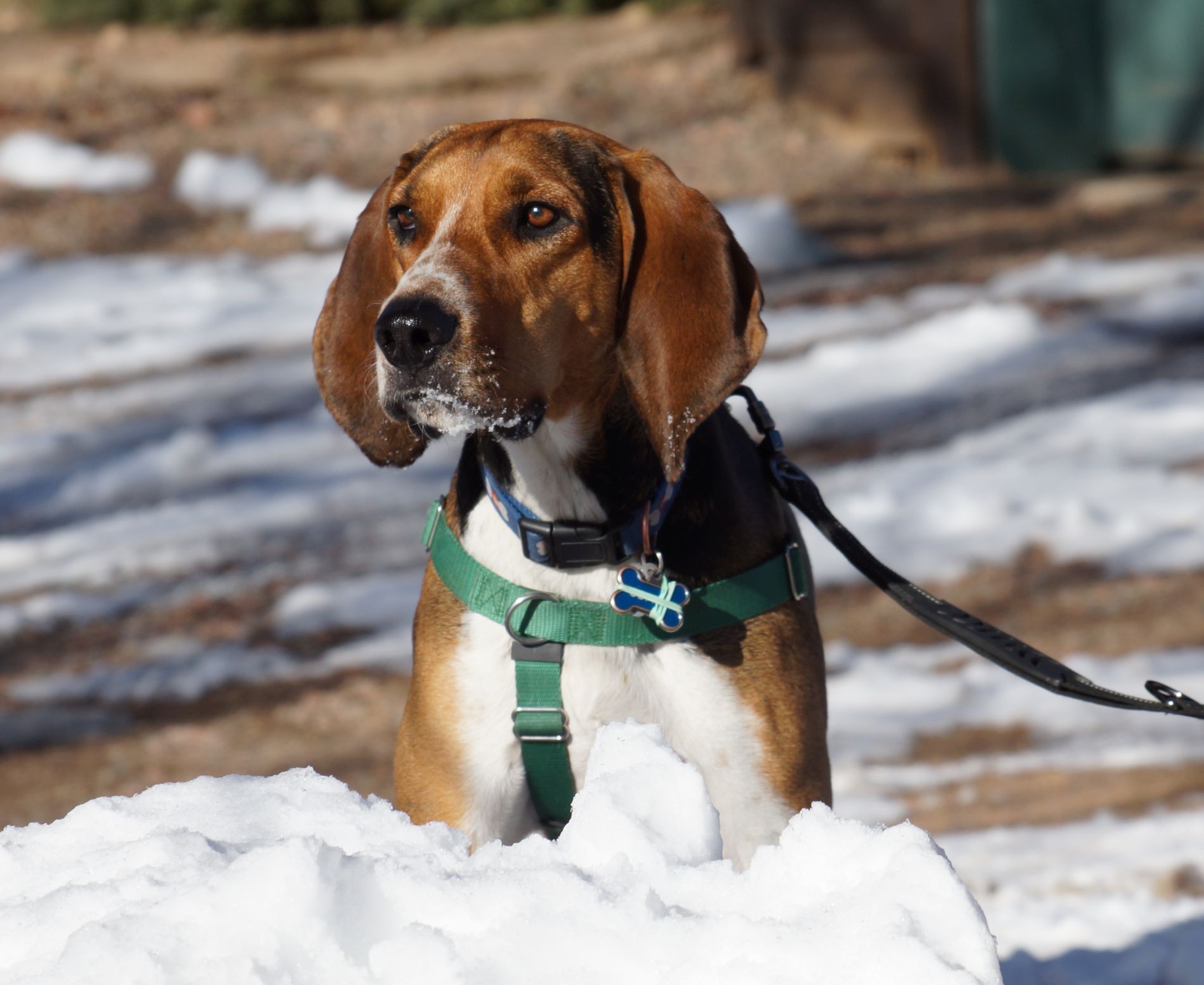
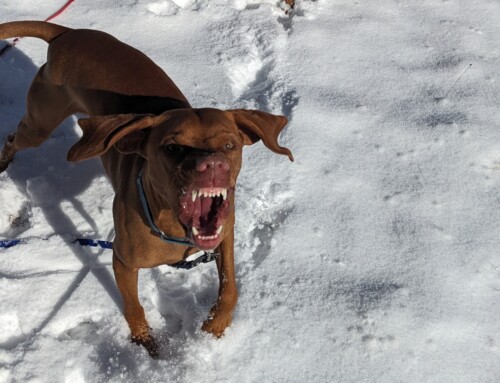
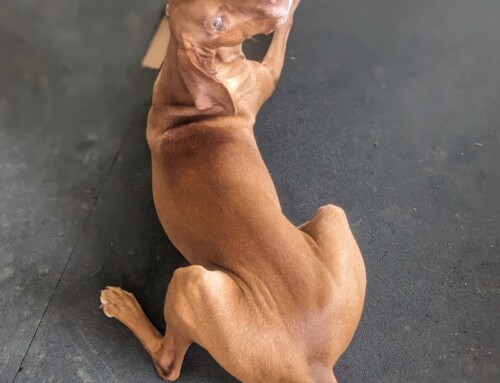

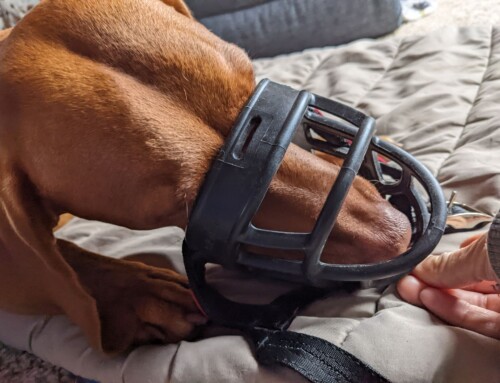
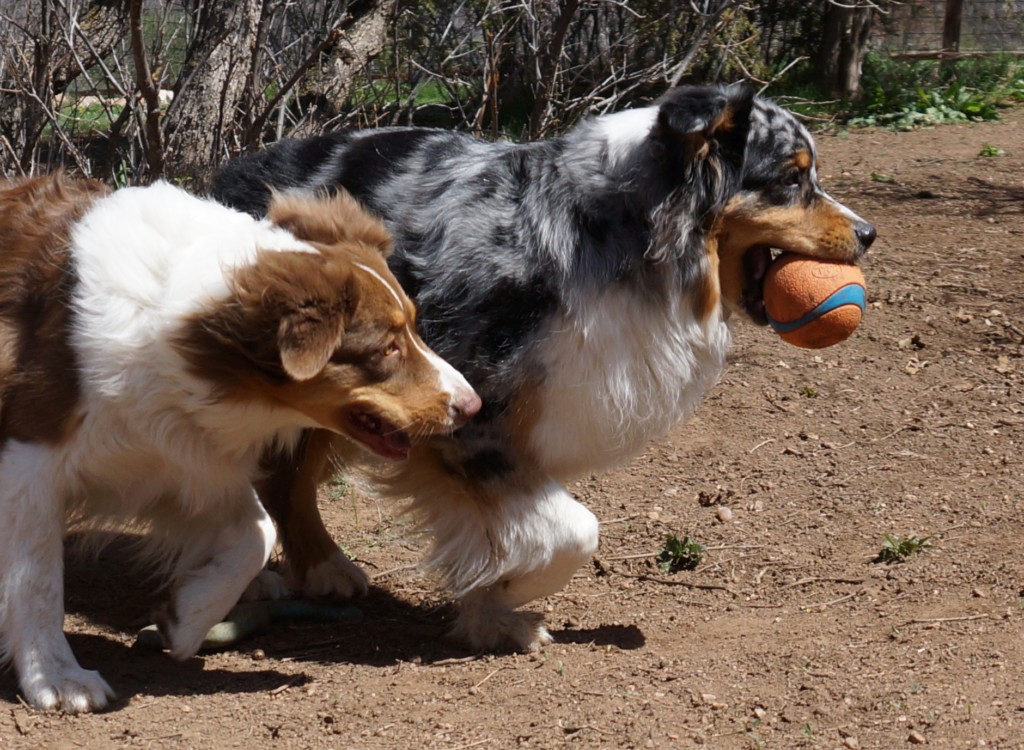
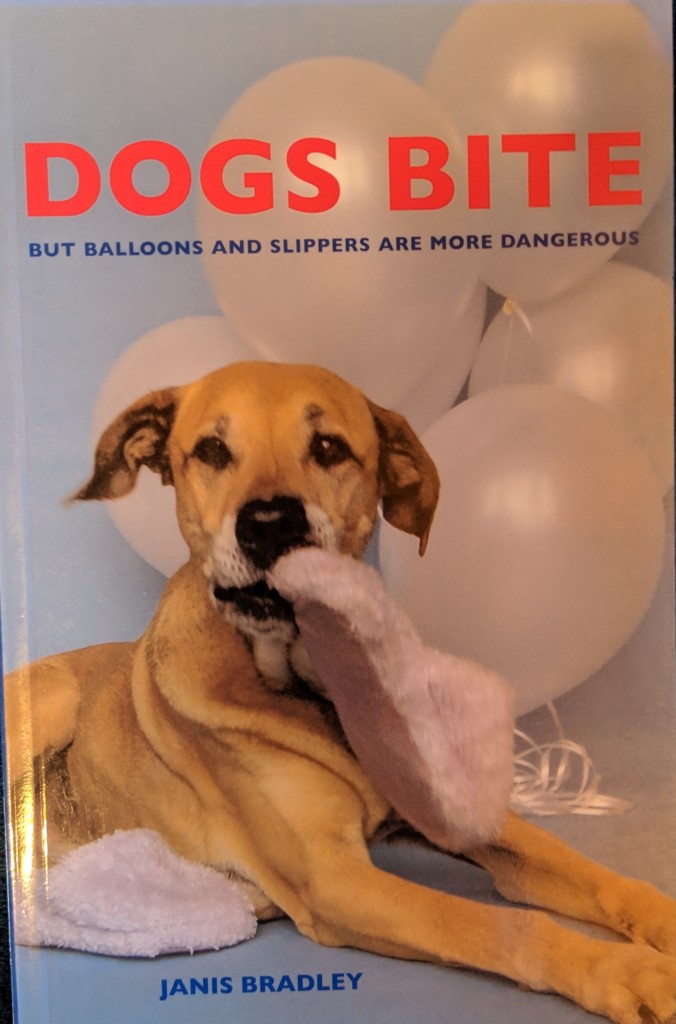
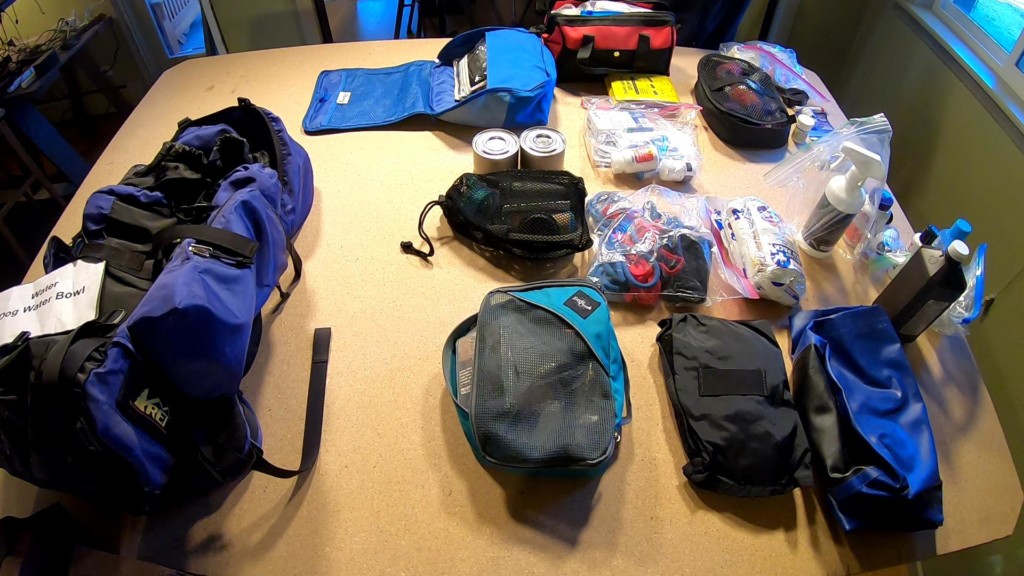
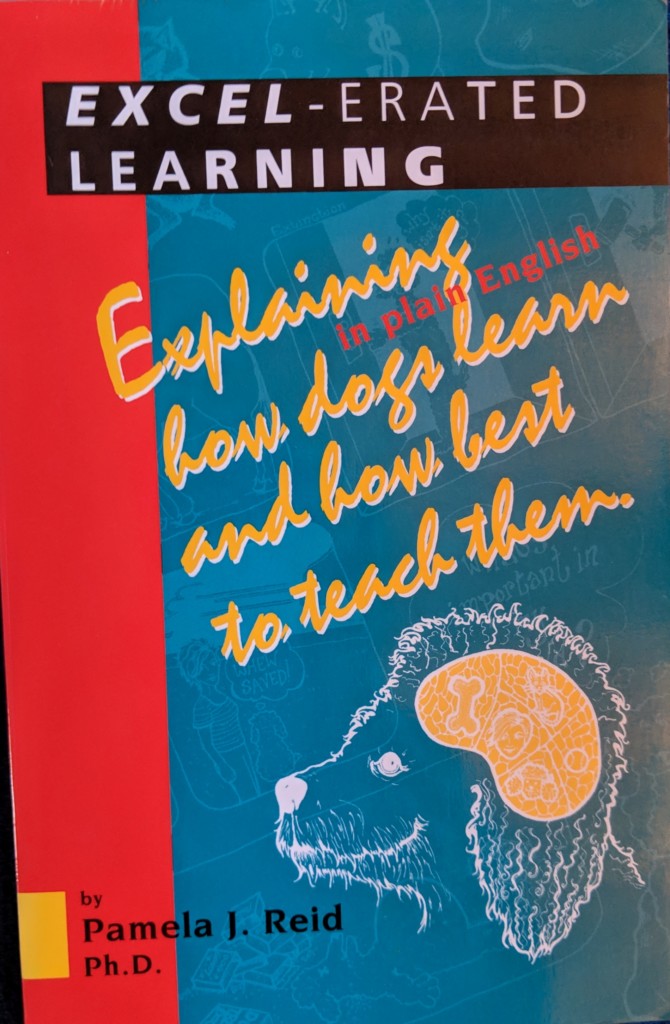
Leave A Comment